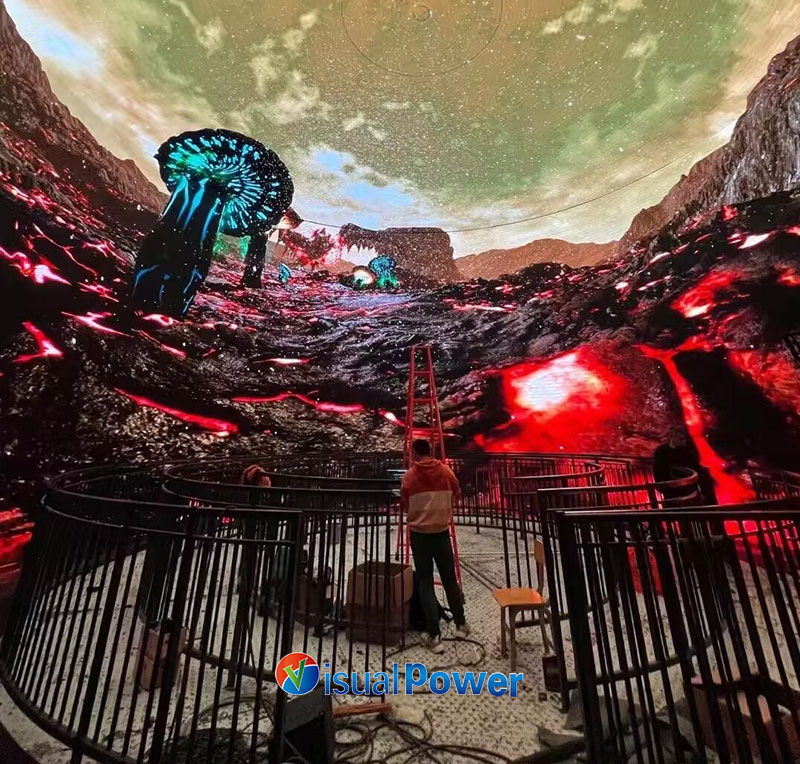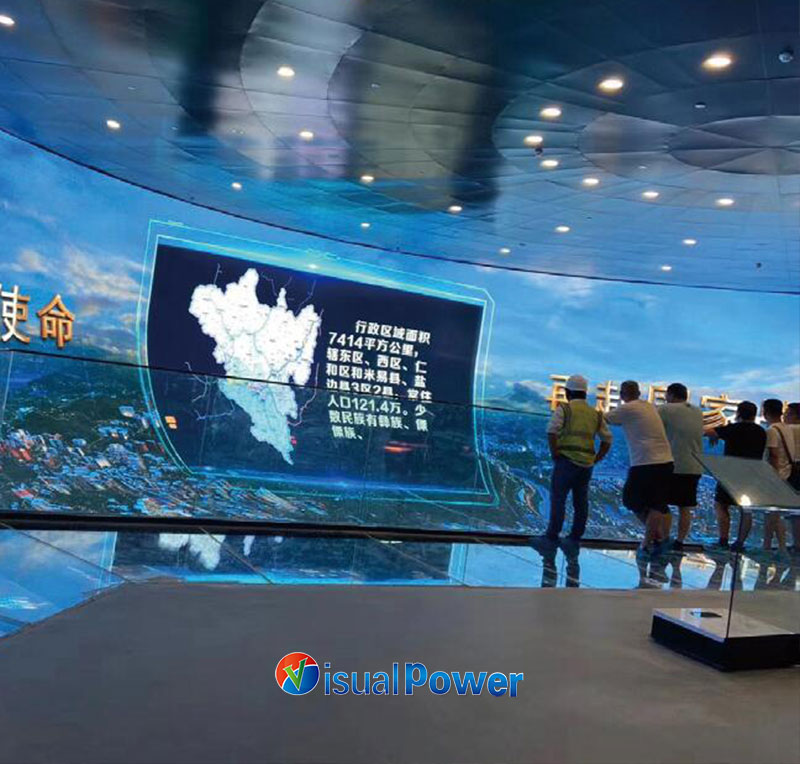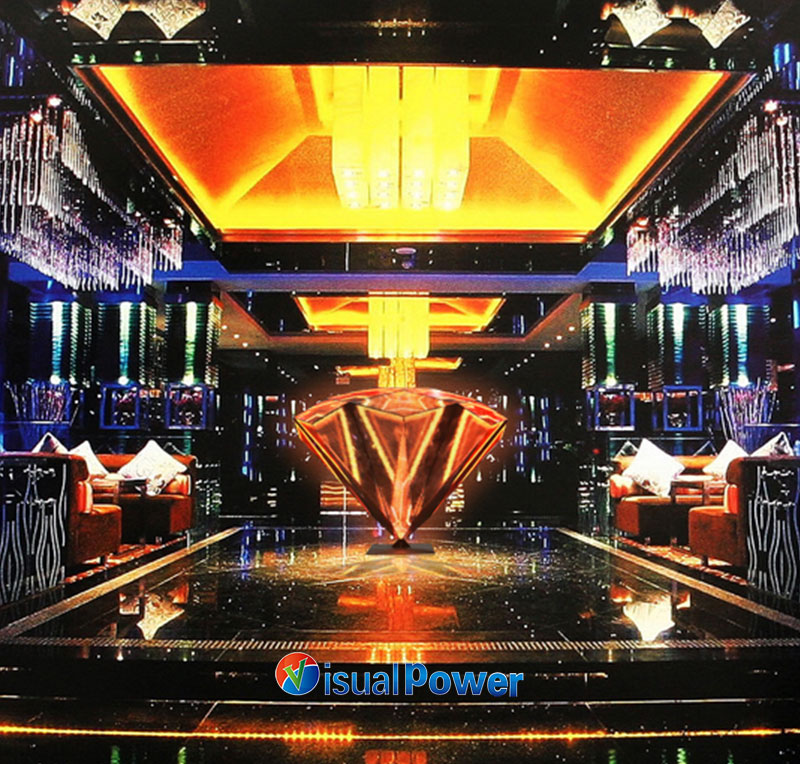categorías
- Noticias (81)
- caso de estudio (6)
I have always been the kind of person who is not so fascinated by the “sense of technology”. En mi opinión, high-definition screens, naked-eye 3D, and interactive sensing are all too “technology-oriented”. But it wasn’t until I was caught off guard by an “immersion” that I realized those once thought “cold and hard devices” might also be like a love letter, quietly changing the way you view the world.
The first time I was surrounded by the truly Immersive LED display was in a city exhibition hall passed by during a journey. When I stand in a surrounded LED space, the ground seems to be flowing with seawater, the ceiling simulates the rotation of stars, and on the wall is an entire timeline of urban memory. I didn’t deliberately “watch” anything, but during those few minutes, I truly “sank” into someone else’s world.
En ese momento, I realized that information could also be “breathed”.

En el pasado, LED screens were used for “playing” and were “terminals of content”. But now, what I see is that it has become “the starting point of the experience”.
We once participated in an installation project for the central atrium of a shopping mall. We used a full five LED screens – three walls, one ceiling and one floor. Visual design no longer pursues impact but allows images to flow slowly along with people’s steps, from sunrise to sunset, from the hustle and bustle of the city to the starry sky slowly descending.
People didn’t speak, but none of them was willing to leave. They are quietly experiencing, as if standing in the flow of time, undergoing a visual meditation.
Immersion doesn’t mean being overly “shocked”, but rather asking you to let go of the “active viewing” attitude and passively feel the interaction between space and content. This experience is a bit like music – you don’t need to understand it, but you will be touched.
Más tarde, I successively participated in several projects that used Immersive LED. There are educational Spaces, brand exhibition halls and also healing areas.
What impressed me the most was the small space of a rehabilitation center. The designer enclosed a soundproof room with curved LED panels. Whenever a patient entered, the screen would play different meditation scenes based on the emotional guidance of the day. It is not “playing the background”, pero “becoming the background”.
That was the first time I realized that LED could be a light source, a space, and a psychological regulator. It is not merely a “tool”; it is a “companion”.

Technology is the “skeleton” and content is the “soul”.
I have encountered too many cases where people only pursue the size, resolution and refresh rate of the equipment, but the truly touching immersive Spaces almost all have one thing in common – they say one thing, not loudly, but sincerely.
In the underground exhibition area of a history museum, we created a battlefield scene with a customized curved screen of Visualpower. Before the children went in, they were playing and frolicking. But after they came out, they were much quieter.
The content has no sound, no narration, only the waves of wheat in the wind and the ruins reflected by the setting sun. But that “power of silence” is more profound than any explanation.
Immersion doesn’t necessarily have to be dazzling. A veces, it’s just that, compared to speaking loudly, it has learned to gently tell you with space: “Please come in and listen to what I’m going to say.”
Más tarde, I increasingly felt that Immersive LED display was not some kind of “future technology”; it was an extension of our “sensibility”.
Now, it has entered retail, education and healing. I even imagine that one day in my own home, the walls will be made of flexible leds, with the forest sunlight in the morning and the orange sunset at night, rather than just white walls and chandeliers.
It is not a tool but a kind of “interface of life”.

In this era of information overload, it is all too easy for us to become onlookers, standing in front of the screen to “watch”. But immersive LED quietly invites you to step in, as if entering a room. You don’t need to say much; just quietly feel the “warmth” that space intends to give you.
Immersion is neither a trend nor the accumulation of formalism. It is a new courtesy that space bestows upon people, a sincere invitation in the high-speed world: “Welcome back, back to the center of your body and senses.”